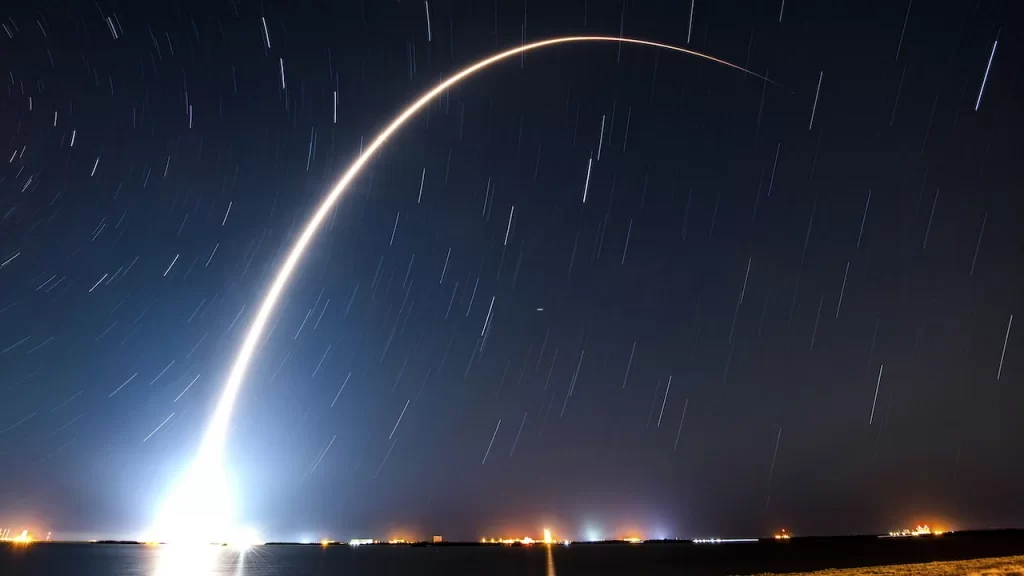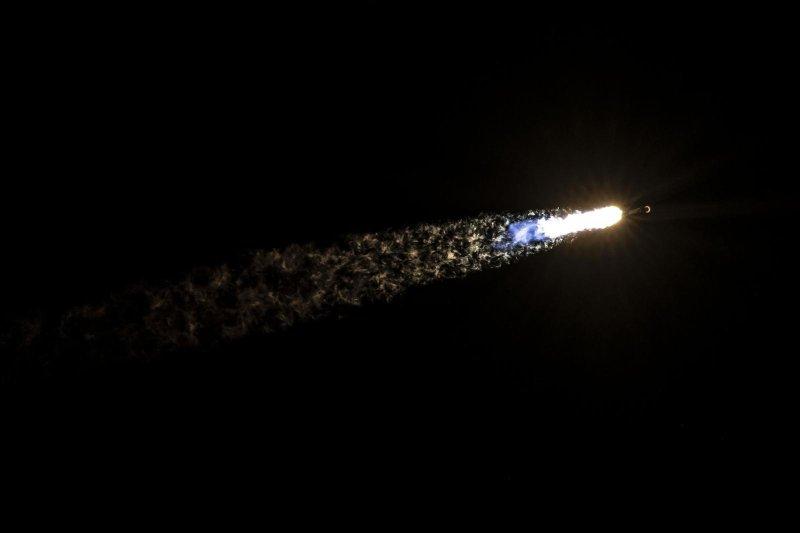On Wednesday, Elon Musk’s SpaceX blasts 54 Starlink satellites into orbit aboard its Falcon 9 launch vehicle (December 28). The corporation will now launch satellites into new orbits, allowing it to serve additional consumers with internet connectivity.
The satellites will be placed in low-Earth orbit after being launched from Space Launch Complex 40 (SLC-40) at Cape Canaveral Space Force Station in Florida. If necessary, SpaceX says there is a backup possibility available on Thursday, December 29.

Following the FCC’s conditional approval for a second-generation Starlink network, SpaceX this week loaded upgraded satellites onto its Falcon 9 spacecraft (Opens in a new window), which will communicate with a variety of existing ground dishes.
“This launch marked the first of Starlink’s upgraded network,” SpaceX says. “Under our new license, we are now able to deploy satellites to new orbits that will add even more capacity to the network.” Ultimately, this enables us to add more customers and provide faster service—particularly in areas that are currently oversubscribed.
Earlier this year, CEO Elon Musk revealed plans for 60 orbital launches in 2022. While it’s usually best to take the billionaire’s broadcasts with a grain of salt, this is the “first time the company has fully met a public cadence target set by one of its executives,” according to Teslarati (Opens in a new window).

With more than 3,100 operational satellites in orbit, Starlink aims to provide internet service for remote areas and plans to expand tenfold. As Russia’s invasion ravages Ukraine, the company has provided internet service. Musk’s company has already recorded 31 launches in 2021 and 50 in 2022, with a combination of satellites devoted to Starlink, NASA, and the US military.


